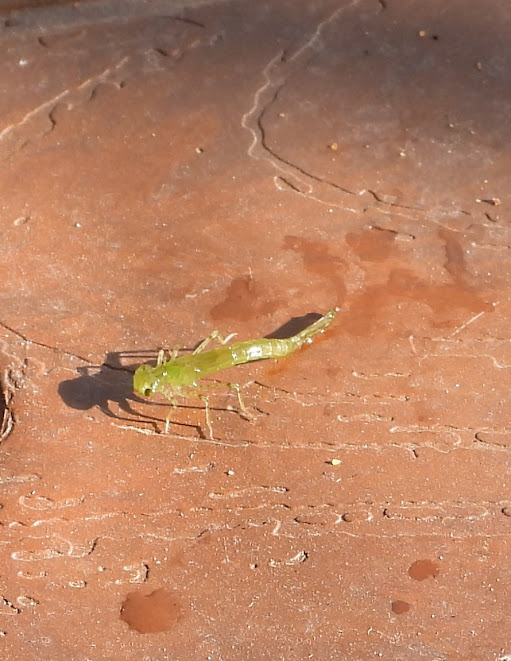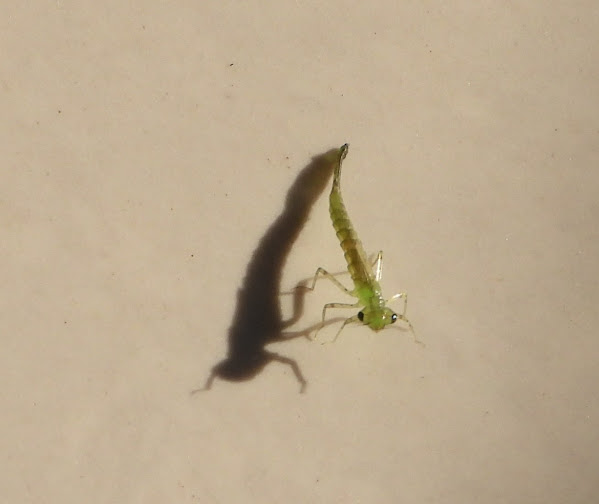INTERESTING DISCOVERY
LT COL NOEL ELLIS
17/I/2024
What will you do if you spot a scorpion, which is my sun sign too? Raise an alarm, be dumbfounded, scream, try to shoo it away, stomp on it, try to pick it up carefully and relocate it or just let it be and let it go on its way. Chances are that very few would exercise the last option.
What if you chance to spot a ‘water scorpion’ or rather a scorpion adapted to water? Especially, if it is spotted in your water lily pond with your favourite molly and guppy fish in it. Knowing the scorpions' mentality that they must be stinging the fish and killing them, chances are that one would like to fish it out and dispose it off as far away from that tub as possible. How can anyone let his fish be food for this aquatic insect!
Where did it come from? There could be a few sources. The sand picked up from the river bed could have their eggs. They hatched when the conditions were ideal. They found their way clinging along the water plants one had ordered online. The environment in the tub is such that they germinate naturally. Could it be that the mother scorpion laid its eggs or left its larvae and vanished? My mind kept thinking on those lines.
This is not the first time I spotted one. It had a very small baby fish in its claws which got me a little agitated when I had gone to feed the fish. After the fish were fed it was time to do some cleaning. I use a small net to strain out fibrous algae and other dirt from time to time. Sometimes, algae becomes a death trap for baby fish when they get entangled in the thin thread like protrusions.
In one of the scoops, I caught this light green almost transparent creature. It could have been feeding on a dead fish baby also, but a thought went by that it must have hunted one down. It was time for it to say goodbye to the world.
As usual, a photograph and a short video was taken as it crawled on the table and then on the floor. I showed no remorse or pity towards it till the time I sat down to find out what this creature was. Does it harm fish? Does it multiply when the water is dirty were some of the questions churning in my mind?
The services of Google Aunty with a lens were taken. They say ‘little knowledge is dangerous’. This scorpion looking insect was actually a ‘damselfly larva’. It is closely related to a dragonfly; both are quite common in our garden.
During the summer months I have seen many of them hovering over our water lilies and aquatic plants. Sometimes they sit on their protruding stems. That is the time they could be laying their eggs. Over a period of time those eggs would have matured and fell into the water where they developed. To survive, they eat whatever they can. They are carnivorous. Their diet does include baby fish and mosquito larvae. I believe their presence indicates a good and healthy pond environment.
The most interesting thing I learnt is about their tails. Damselfly nymphs have three long tail-like gills at their rear end from where it breathes. It can also absorb oxygen through its skin so long as it stays moist. That is how they survive underwater.
I now feel a little guilty for pulling out this Damselfly larva from its abode. Even if it was eating away my fish fry, I am sure they were either dead or about to die or weaklings in the pack. A nature's way of keeping the environment of the pond healthy and clean.
Next time I see this creature I will let it be. Dragonflies and Damselflies are welcome to the Ellis’ Garden. What more does nature have to teach me? I wonder!!!!!!!!
JAI HIND
© ® NOEL ELLIS



Comments
Post a Comment